Applied Adhesive Bonding —— A Practical Guide for Flawless Results
----- 应用胶合:完美结果实用指南
INTRODUCTION Bonding as a Joining Process Advantages and Disadvantages of Bonding Terms and Definitions STRUCTURE AND CLASSIFICATION OF ADHESIVES Structure of Adhesives Classification of Adhesives FROM ADHESIVE TO ADHESIVE LAYER Reactive Adhesives ? Fundamentals Two-Component and One-Component Reactive Adhesives Properties of Adhesive Layers IMPORTANT REACTIVE ADHESIVES Epoxy Resin Adhesives Polyurethane (PUR) Adhesives Acrylic Adhesives Unsaturated Polyester Resins (UP-Resins) Phenolic Adhesives Silicones Summary Reactive Adhesives Film Adhesives Sealing Materials Polymer Mortars PHYSICALLY SETTING ADHESIVES Hot-Melt Adhesives Solvent-Based Adhesives Contact Adhesives Plastisols Pressure-Sensitive Adhesives, Adhesive Tapes Adhesive Strips Glue Sticks Adhesives Based on Natural Raw Materials Adhesives on an Inorganic Basis ADHESIVE FORCES IN BONDED JOINTS Adhesive Forces Between Adhesive Layer and Adherend (Adhesion) Wetting Surface Tension Adhesive Forces Inside an Adhesive Layer (Cohesion) PRODUCTION OF BONDED JOINTS Surface Treatment Adhesive Processing Repair Bonding Mistake Possibilities in Bonding and Remedial Actions Safety Measures in Adhesive Processing Quality Assurance Adhesive-Bonding Training ADHESIVE SELECTION Preliminary Notes Determining Factors for the Selection of Adhesives Selection Criteria ADHESIVE PROPERTIES OF IMPORTANT MATERIALS Metals Plastics Glass Rubber Products Wood and Wood Products Porous Materials STRENGTH, CALCULATION AND TESTING OF BONDED JOINTS The Term ?Strength? Test Methods Elastic Bonding Shaft-to-Hub Joints CONSTRUCTIVE DESIGN OF BONDED JOINTS A SELECTION OF COMMON TERMS IN BONDING TECHNOLOGY
{{comment.content}}
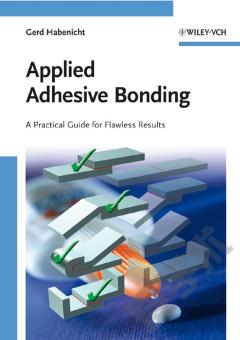
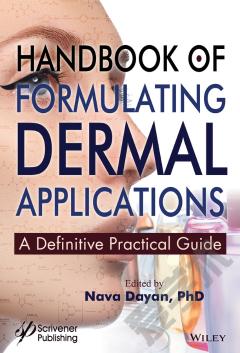
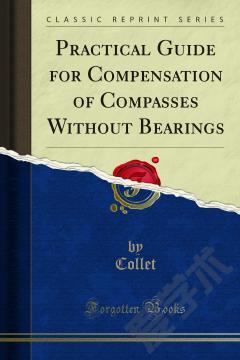
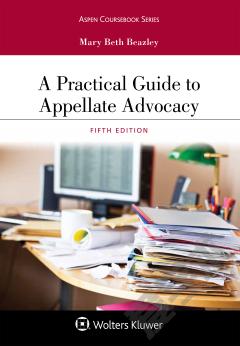
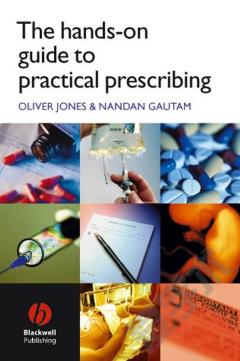



 京公网安备 11010802027623号
京公网安备 11010802027623号